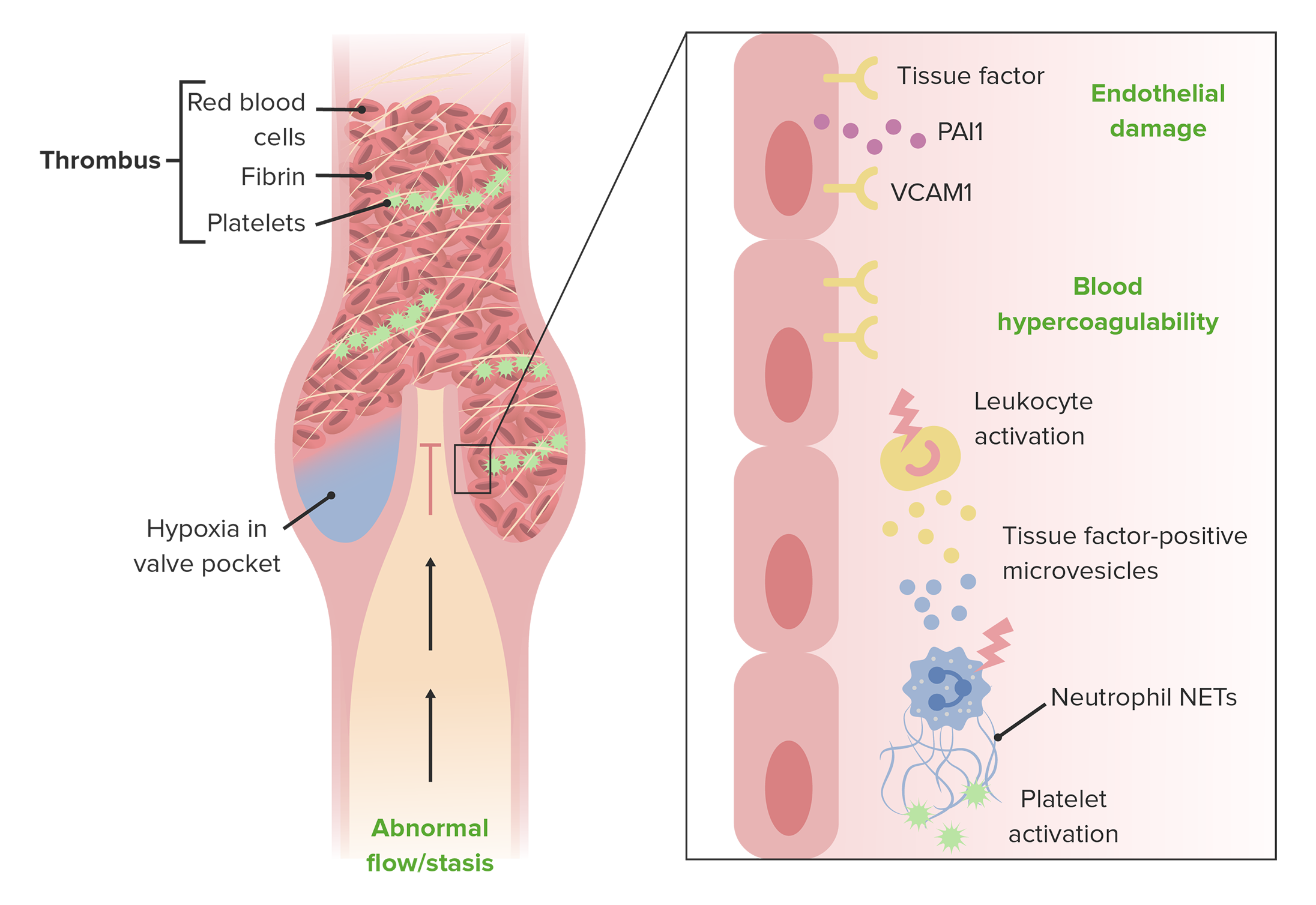Which Assessment Is Used to Describe Deep Vein Thrombosis
Citation Lavery J 2021 Clinical assessment of the leg for a suspected deep vein. This article explains how to.

Deep Vein Thrombosis Treatment In Phoenix Arizona
Deep vein thrombosis can cause leg pain or swelling but also can occur with no symptoms.

. I should take adequate fluids I should use compression stockings I should elevate my legs 10 to 20 while at rest. A blood clot thrombus forms in one or more of the deep veins in your body either from plaque or blood. To assess the practicality of an automated computer interview as a method to assess preferences for use in decision making.
Venous thromboembolic disease VTE used to collectively describe deep vein thrombosis DVT and its sequelae pulmonary embolism PE. If a patient presents with signs and symptoms of DVT carrt out an assessment of general medical history and a physical examination to exclude other causes. We used a descriptive observational study in the form of a declarative survey by means of a questionnaire from April to May 2019 among vascular physicians.
Involves the injection of a radio-contrast medium into the venous system of the lower extemities. To assess preferences for outcomes of deep vein thrombosis DVT and its. A blood clot in your legs can also happen.
DVTs can be further subdivided based on anatomy into distal and proximal vein thrombosis. A deep vein thrombosis is a type of venous thromboembolism VTE. The seriousness of deep vein thrombosis DVT and its accompanying morbidity and mortality make early and accurate diagnosis of key importance.
It is important that youre familiar with the signs and symptoms preventive measures treatment and pathophysiology for a DVT. Ad Get The Facts About Deep Vein Thrombosis Pulmonary Embolism Discover Common Symptoms. Nursing Implications include assessment of allergies to iodine and adequate renal function.
Other risk factors and variables must be considered during a deep vein thrombosis assessment. The nurse is teaching a patient about the interventions to prevent the development of deep-vein thrombosis DVT. Proximal vein thrombosis involves either the popliteal femoral andor iliac veins.
Traditional pathways to risk assess for deep venous thrombosis DVT would involve face-to-face assessment to formulate an appropriate management plan following an initial presentation usually in secondary care or in-hospital settings. Nursing management for deep vein thrombosis entails the following. It is very difficult.
Risk of the patient. Deep vein thrombosis DVT occurs when a blood clot thrombus forms in one or more of the deep veins in your body usually in your legs. The two-level Wells score is a systematic standardised approach to deep vein thrombosis assessment.
Discuss the physiological development of a DVT. The negative likelihood ratio is higher than 99. Here we critically appraise the ex vivo and in vivo techniques used to assess venous thrombosis in these models.
The procedure for a leg assessment for a suspected deep vein thrombosis is within the skillset of nurses. Which statement made by the patient indicates the need for further teaching. The condition mainly affects the large veins of the thigh and lower leg.
The aim was to describe the practice of vascular physicians in Occitanie region in the management of upper extremity deep vein thrombosis. Assessment of a patient with deep vein thrombosis include. Doppler ultrasonography compression ultrasonography or contrast venography are used to diagnose deep vein thrombosis DVT Unfractionated heparin UH and low-molecular weight heparin LMWH.
5 non-pharmacological interventions to prevent venous thromboembolisms. DVT deep vein thrombosis is one of the most critical circulatory system-related cardiovascular disorders affecting a large populace worldwide. Particular attention is paid to imaging modalities including magnetic resonance imaging micro computed tomography and high-frequency ultrasound that facilitate longitudinal assessment of thrombus size and.
Presenting signs and symptoms. D-dimer testing is a simple blood test of fibrin degradation. Fifth and sixth characters are required to specify the DVT location the particular veins affected and.
Visit The Official Patient Site For Additional Information About DVTPE Blood Clots. Can form more easily in smokers and post-op patients because of vasoconstriction and immobility. D-dimer levels are increased by any condition that produces fibrin one of the primary components of deep vein thrombi.
A DVT Is A Blood Clot Which Can Travel To The Lungs And Lead To A PE. Detailed information on deep vein thrombosis and thrombophlebitis including causes risk factors symptoms diagnosis treatment and full-color anatomical illustrations. Ad Get Info On An Rx Option To Treat Lower The Risk Of Recurrent DVTPE Blood Clots.
A deep vein thrombosis DVT is a thrombus blood clot that has developed in the venous system most commonly in the deep veins of the leg and can partially or completely obstruct the flow of blood. Understand deep vein thrombosis in terms of its associated risk factors use the two-level Wells score for estimating a patients risk and carry out a leg assessment for a suspected deep vein thrombosis. Best clinical practice is supported by the use of a clinical decision model that determines risk based on predisposing factors and certain clinical signs an.
The prevalence of DVT has worsened to becoming one of the leading cardiovascular disorders according to World Health Organization. Deep vein thrombosis DVT lower extremity acute Acute embolism and thrombosis of deep veins of the lower I824extremities classify to subcategory which includes deep vein thrombosis not otherwise specified NOS and DVT NOS. Deep Vein Thrombosis DVT NCLEX review for nursing students.
X-ray films taken will then allow visualization of any obstruction in the venous circulation. Symptoms of deep vein thrombosis can be minimal but a patient will typically complain of unilateral leg pain and swelling. You can get DVT if you have certain medical conditions that affect how your blood clots.
Elisabeth Lorie14 Jun 2016.

Deep Vein Thrombosis Concise Medical Knowledge

Clinical Characteristics And Classification Of Deep Vein Thrombosis Download Scientific Diagram
No comments for "Which Assessment Is Used to Describe Deep Vein Thrombosis"
Post a Comment